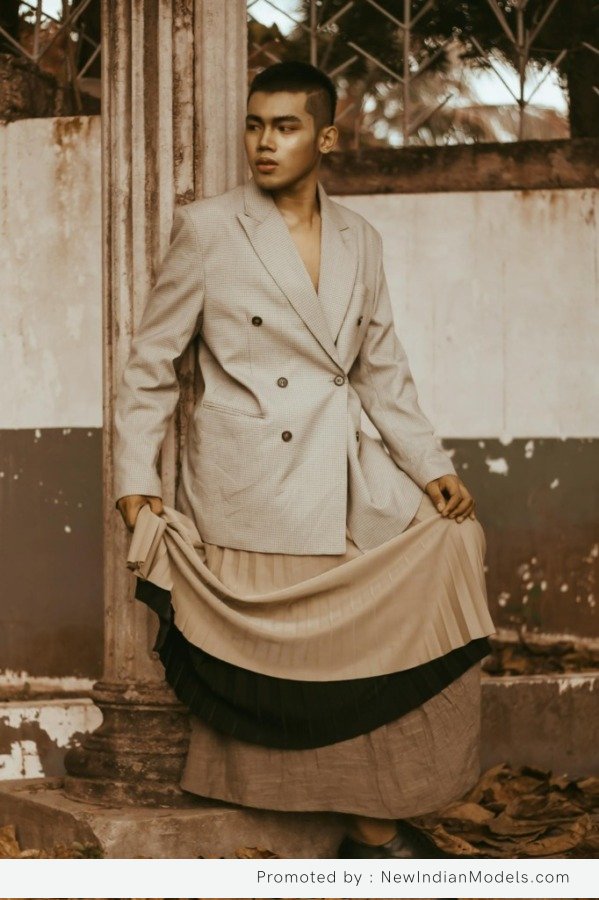The Rise of the Men’s Skirt in Indian and Global Fashion

The outdated notion that skirts are solely for women is rapidly fading, challenged by both historical precedent and modern fashion trends. The absurdity of this rule is highlighted by the fact that women wearing trousers is now completely commonplace. This antiquated gendered clothing restriction is as illogical as it is limiting. Consider the Scottish kilt, a celebrated part of national dress, or the kilts worn by the Queen’s Guard – powerful symbols of tradition that defy the outdated “skirts for women only” mentality. Numerous cultures around the globe, from the Masai tribes to various others, have historically incorporated skirts into men’s attire without societal objection. Why, then, is this concept still met with resistance in Western cultures?
Challenging Gender Norms in Fashion
While the adoption of skirts by men in Western society remains a minority pursuit, it’s a movement gaining momentum. The traditional association of skirts with femininity is a social construct, not a biological imperative. Efforts to challenge this gendered expectation continue, although widespread acceptance requires overcoming substantial cultural inertia. The very idea that rules dictate what a man can or cannot wear is inherently oppressive, a point that many are finally beginning to recognize. This growing awareness has opened doors for innovative and bold designers to experiment with gender-bending fashion.
Indian Designers Embrace the Men’s Skirt
The men’s skirt isn’t just a Western phenomenon; it’s making waves in the vibrant world of Indian fashion. Leading Indian menswear designers are embracing this trend, showcasing their innovative designs on international runways. Names like Rohit Bal, Rajesh Pratap Singh, and Raghavendra Rathore are at the forefront of this exciting evolution, proving that Indian fashion is as capable of challenging norms and celebrating individuality as any other global fashion center.
A New Era of Men’s Fashion
The global fashion capitals of Milan, Paris, London, and New York are witnessing a surge in men’s skirt designs, reflecting a broader cultural shift. This isn’t just about a single garment; it’s about challenging conventional gender roles and embracing a more fluid approach to menswear. Indian models are increasingly playing a role in this movement, showcasing the versatility and elegance of the men’s skirt on both national and international platforms. These designers and models aren’t simply following trends; they are actively shaping a future where fashion is inclusive, expressive, and liberated from outdated restrictions.
Indian Models Leading the Charge
The rising popularity of the men’s skirt is not only seen in designer collections but also in the increasing representation of Indian models who confidently and stylishly wear them. These models are not just showcasing the clothing but are contributing to a significant cultural shift, demonstrating the potential for men’s fashion to evolve beyond traditional boundaries. They are representing a new generation of style icons who embrace individuality and challenge societal expectations.
The Future of Men’s Fashion is Inclusive
The growing acceptance of the men’s skirt represents a significant step towards a more inclusive and expressive fashion landscape, one where gender norms are less restrictive. This change is evident both on the international runways and, importantly, within the dynamic and innovative world of Indian fashion. The future of menswear is one of diversity, boldness, and the freedom to express one’s individual style without constraint.
3491 total views, 1 today







As already said in the article above, the skirt is an unisex garment. Men already forgot it, and became uniformized by pants. It is time to think about and it is high noon to change – first thinking and then dressing. Clothes express personality, what could be a man wearing just pants express?
Now they can, but it needs first encouragement and it is a challenge. but men should take it, NOW!
Men should help each other to get out of their old dressing-style.